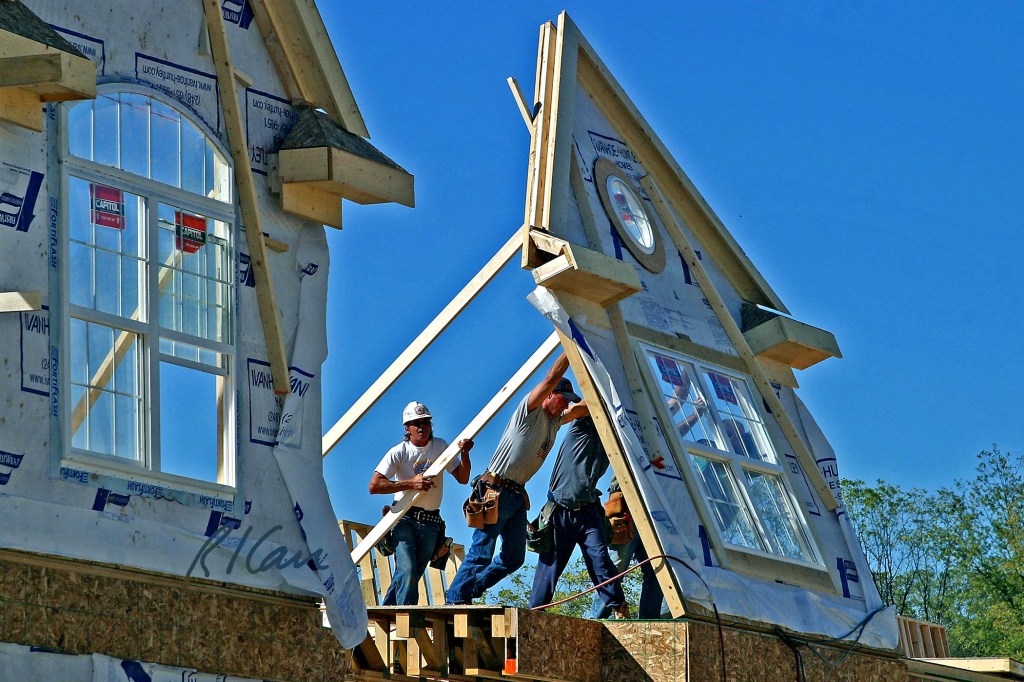I am glad that somebody else has noticed the way in which Type 3 housing construction is swamping America (thank you, David Cole, for alerting me to the piece by Klaus Philipsen, FAIA). All over the country, the five-story wood apartments, jammed next to each other and crammed full of living space broken up into often minuscule rooms, are rising on every available bit of flat land in or near any urban node.
The appearance of these blocks should be a good sign. It means that we are building more density in our cores and that this density is devoted to living—as opposed to working, shopping, or entertainment—with the added bonus that the latter two uses tend to follow where people live. Because these structures are so cheap to build, the housing is also relatively affordable, although that, of course, depends on the market.
Yet should we applaud the march of buildings that offer not very pleasant living conditions, often overwhelm the streets on which they stand, might not be all that safe, and are usually pretty ugly to boot?
I watched what happened to my old neighborhood in L.A., which was filled with one-story houses and two story apartment buildings or “dingbats.” Now, the Mid-Wilshire district is an almost solid mass of five-story apartment complexes floating on a single concrete floor of parking. The apartments inside, at least the ones I have seen, are as tiny as the blocks are large, despite the six-story limit, and no amount of colored Dryvit, miniscule balconies, or pasted-on decorations meant to evoke anything from the Alhambra to, God help us, Richard Meier’s work, can distract from the fact that they are all essentially the same and all very poorly built.
I
also wonder how safe they really are. A large residential complex went up in flames due to arson in L.A. a few months ago, and I have a hard time believing that
such a quantity of wood surrounding such a density of people and floating on a
single pad of concrete, no matter how treated and braced, is not a disaster
waiting to happen.
Finally, because of their mass production and cheapness of these structures, many of them look decrepit soon after they are finished.
Such conditions are, I suppose, inevitable. In Asia, the standard mode of mass housing usually consists of high-rises that are not much better in terms of either the living conditions they provide or their effect on their surroundings. In Europe, cheap housing conditions—whether in the concrete flats produced in Eastern countries until 1989, or in their only slightly lighter equivalents in the West—are not much of an improvement.
That does not mean we should not wish for something better. That, however, would mean serious zoning changes, such as forcing housing to have more variety in heights and forms, mandating the amount of daylight that units need to have (as many other countries do), and perhaps even imposing—however un-American that might sound—some aesthetic guidelines. What I would really love is for some enterprising architect or architecture school to figure out what such regulations might look like and, just as importantly, whether we could come up with another typology that would not cost (too much) more than current Type 3 while fulfilling the same goal of creating affordable housing in urban nodes.
